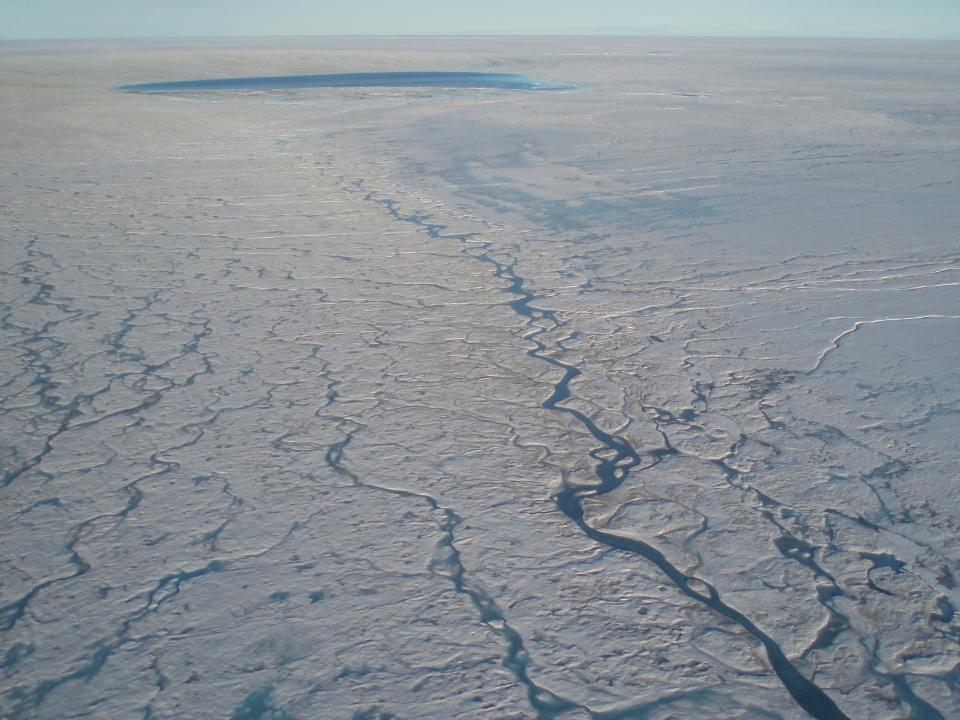
Greenland and Antarctica are losing ice six times faster than in the 1990’s, a CEEDS co-authored study has shown. The study, the second of two companion articles published in the journal Nature, shows that the combined losses from both ice sheets are tracking the Intergovernmental Panel on Climate Change’s worst-case climate warming scenario. Left unchecked, this may lead to an extra 17 cm of sea level rise by 2100.
Analysis undertaken by a team of 89 polar scientists – including research from CEEDS – has produced the most complete picture of polar ice sheet loss to date. The Ice Sheet Mass Balance Intercomparison Exercise (IMBIE) Team combined 26 separate surveys to compute changes in the mass of the Greenland and Antarctic ice sheets between 1992 and 2018. Altogether, data from 11 different satellite missions were used, including measurements of the ice sheets’ changing volume, flow and gravity.
The findings show that Greenland and Antarctica lost 6.4 trillion tonnes of ice between 1992 and 2017 – pushing global sea levels up by 17.8 millimetres. Of the total sea level rise, 10.6 millimetres (60%) was due to Greenland ice losses and 7.2 millimetres (40%) was due to Antarctica. The combined rate of ice loss has risen by a factor six in just three decades, up from 81 billion tonnes per year in the 1990’s to 475 billion tonnes per year in the 2010’s. This means that the polar ice sheets are now responsible for a third of all sea level rise.
Almost all of the ice lost from Antarctica - and half of that lost from Greenland - has been triggered by oceans melting their outlet glaciers, which causes them to speed up. The remainder of Greenland’s ice losses are due rising air temperature, which has melted the ice sheet at its surface.
Read More:
- Shepherd, A., Ivins, E., Rignot, E. et al. Mass balance of the Greenland Ice Sheet from 1992 to 2018. Nature 579, 233–239 (2020). https://doi.org/10.1038/s41586-019-1855-2
- https://www.bbc.co.uk/news/science-environment-51846468
- https://www.theguardian.com/environment/2020/mar/11/polar-ice-caps-melting-six-times-faster-than-in-1990s
